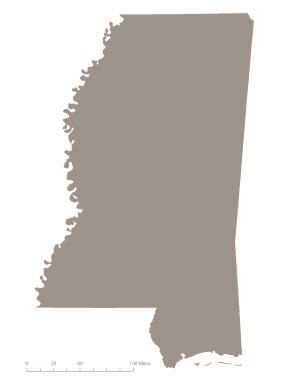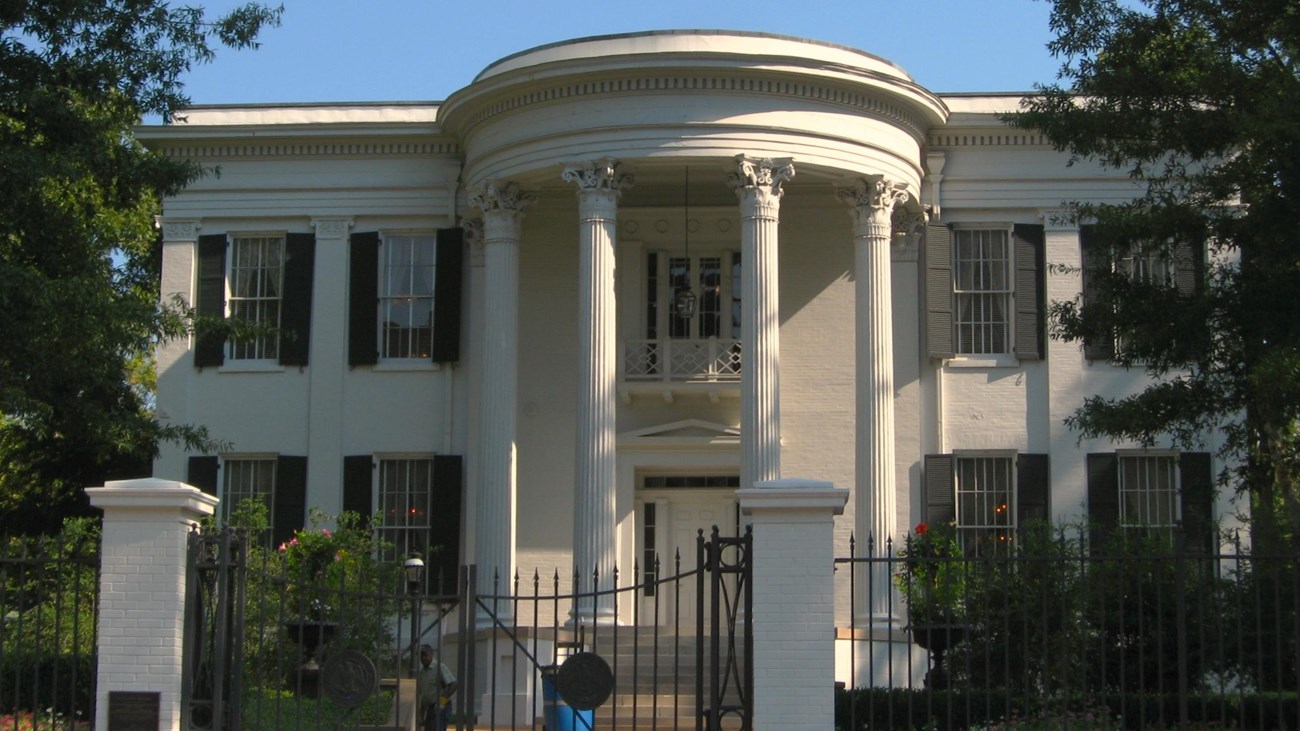Last updated: July 22, 2020
Article
Mississippi and the 19th Amendment

Women first organized and collectively fought for suffrage at the national level in July of 1848. Suffragists such as Elizabeth Cady Stanton and Lucretia Mott convened a meeting of over 300 people in Seneca Falls, New York. In the following decades, women marched, protested, lobbied, and even went to jail. By the 1870s, women pressured Congress to vote on an amendment that would recognize their suffrage rights. This amendment was sometimes known as the Susan B. Anthony amendment and became the 19th Amendment.
The amendment reads:
"The right of citizens of the United States to vote shall not be denied or abridged by the United States or by any state on account of sex."
After decades of arguments for and against women's suffrage, Congress finally approved the 19th Amendment in 1919. After Congress passed the 19th Amendment, at least 36 states needed to vote in favor of it for it to become law. This process is called ratification.
The Mississippi legislature originally rejected ratification of the woman suffrage amendment in February 1920. However, fears arose that Delaware, a "Republican state" would get the credit for a Votes for Women victory. That could hurt the Democratic party in the upcoming presidential election. In an attempt to change the narrative, the Democrats in the Mississippi Senate reversed course and reconsidered ratification of the amendment. The vote was a tie. The Lieutenant Governor broke the tie in favor of ratification on March 30, 1920.The Mississippi House of Representatives, unconvinced by the Senate strategy, reconfirmed their vote against ratification the next day.
On March 31, 1920 Mississippi voted against ratifying the 19th Amendment. By August of 1920, however, 36 states ratified the 19th Amendment, ensuring that in every state, the right to vote could not be denied based on sex -- including in Mississippi.
In November 1920, a ballot initiative to amend the Mississippi state constitution in favor of women's eligibility to vote was put to the voters. But even though by then, woman suffrage had become part of the U.S. Constitution, Mississippi did not allow women to vote. The state amendment was defeated by the male electorate. In 1922, suffragist Nellie Nugent Somerville became the first woman elected to the Mississippi state legislature.
On March 22, 1984, the Mississippi legislature voted to ratify the 19th Amendment, acknowledging that women had been fully enfranchised citizens for sixty-four years.

Mississippi Places of Women’s Suffrage: Governor's Mansion
In 1908, a women’s suffrage convention was held at the Mississippi Governor's Mansion. Six different women’s suffrage clubs attended the gathering. Today, the Governor’s Mansion is a National Historic Landmark and is open for public tours.

The Governor's Mansion is an important place in the story of ratification. It is a National Historic Landmark.
